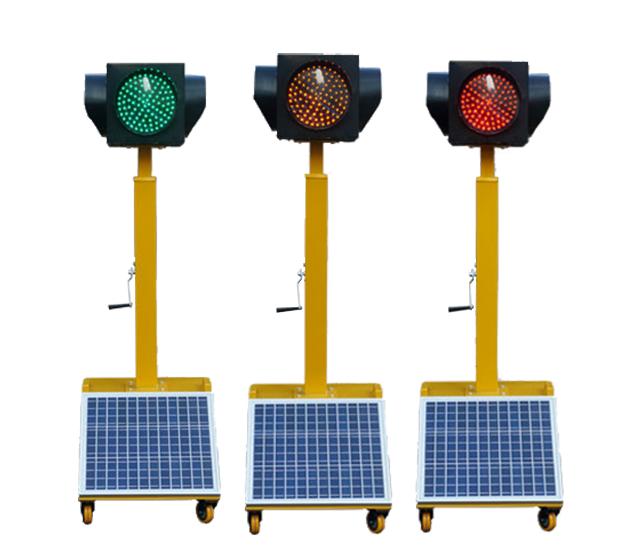In the first half of this year, the performance of the building materials home industry has been less than impressive. According to official data, the total sales of large-scale building materials enterprises reached 102.8 billion yuan in June, marking a 2.71% drop from the previous period and a significant 17% year-on-year decline. From January to June, cumulative sales totaled 519.6 billion yuan, reflecting a 6.19% annual decrease. Industry insiders believe that with the upcoming decoration season in the second half of the year, there may be some improvement in sales, but expectations remain low. The sector is expected to continue facing challenges, with strong players growing stronger while weaker ones struggle further.
The industry is currently grappling with four major challenges. In June, the National Building Materials Index (BHI) stood at 108.10, down 1.01 points from the previous quarter and 11.51 points lower year-on-year. Experts suggest that the slight decline was due to the completion of concentrated demand for real estate, even though property sales continued to rise. Local weather conditions, such as the rainy season, have also impacted home renovation activities. Meanwhile, some real estate investment demand may still be driving sales and prices upward.
As China’s economy grows and living standards improve, people are placing greater emphasis on quality of life, making the building materials industry more prominent than ever. This sector possesses unique dual characteristics—both production-related and lifestyle-oriented—and plays an increasingly vital role in the national economy.
Wang Xuqing, deputy director of the Department of Circulation and Development at the Ministry of Commerce, highlighted the tough situation facing the building materials home industry. The ongoing tightening of real estate policies has led potential buyers to hold off on purchases, reducing the actual purchasing power of building materials homes. As a result, demand cannot sustain sales growth.
Excess supply has triggered fierce competition. Many building materials stores, especially those that only rent space without a solid business model, are struggling to stay afloat. Some urban areas now have over half of their stores empty, making it difficult for existing businesses to remain viable. With current store formats mainly based on leasing and “one-stop shopping,†they are no longer meeting the evolving needs of urbanization, affordable housing construction, and refined home decoration.
Modern homes are often “pre-decorated†or fully renovated, leading to a shift away from traditional “one-stop shopping†models. Instead, customers are turning to “supplemental purchasing,†“fine decoration,†or full-service procurement through tenders or partnerships. This change is putting pressure on traditional rental-based stores.
E-commerce is also reshaping the market. With advancements in digital technology and logistics, online platforms are having a growing impact on physical retail spaces. Additionally, group buying models and in-person transactions are creating new challenges for these stores.
Upgrading and transforming the industry is essential. Wang Xuqing noted that companies are now focusing on real estate renovation opportunities, moving away from land acquisition, blind expansion, and cutthroat competition. They are exploring new customer segments with sustainable purchasing power to navigate the painful but necessary phase of transformation.
Overall, the building materials home industry is aligning with the broader macroeconomic trend of stable but slow growth. While strong players will continue to thrive, weaker ones will face increasing difficulties. A well-run store will attract both customers and merchants, while underperforming ones will be left behind. Therefore, the need for transformation and innovation is urgent.
To achieve this, companies must innovate and enhance their services. One area of innovation involves developing e-commerce platforms, while another focuses on rethinking supplier cooperation and profit-sharing models. Improving service quality means offering better support to both merchants and customers, shifting from a rent-seeking mindset to proactive promotions aimed at attracting more shoppers.


Solar traffic lights are innovative devices that utilize solar energy to power traffic signals. These lights are equipped with solar panels that capture sunlight and convert it into electricity, which is then stored in batteries for use during the night or on cloudy days.
Key Features
- Renewable Energy Source: Solar traffic lights harness energy from the sun, making them environmentally friendly and sustainable.
- Battery Storage: Excess energy is stored in batteries to ensure continuous operation even when sunlight is not available.
- LED Lights: High-efficiency LED bulbs are used to reduce energy consumption and increase visibility.
Benefits
- Reduced Carbon Footprint: By using solar power, these lights help reduce greenhouse gas emissions and promote cleaner air.
- Low Maintenance: Solar traffic lights typically require less maintenance compared to traditional systems, as they have fewer moving parts.
- Cost-Effective: Over time, the use of solar energy can lead to significant cost savings on electricity bills.
In summary, solar traffic lights offer a sustainable and efficient solution for managing traffic while minimizing environmental impact.
solar traffic lights,solar powered traffic lights,portable traffic lights,led stop signs solar,solar traffic signs
Yangzhou M.T. New Energy & Lighting Group Co., Ltd. , https://www.mtstreetlight.com